

The world is redefining how it produces and consumes energy, pivoting toward methods that no longer strain the planet’s resources. Renewable energy and green technologies encapsulate this transformation: they emphasize generating power from sources that replenish naturally—like sunlight or wind—while integrating innovations that slash carbon footprints. This approach not only addresses climate concerns but also reimagines power systems to be smarter, cleaner, and increasingly accessible.
This shift is about much more than simply swapping out fossil fuels. The rise of green technologies involves harnessing advanced engineering, software, and hardware that enable greater efficiency across every watt generated. Energy storage systems, smart grids, and next-gen turbines are just a few of the tools powering this transition, making sustainable energy a practical reality for homes, businesses, and entire nations.
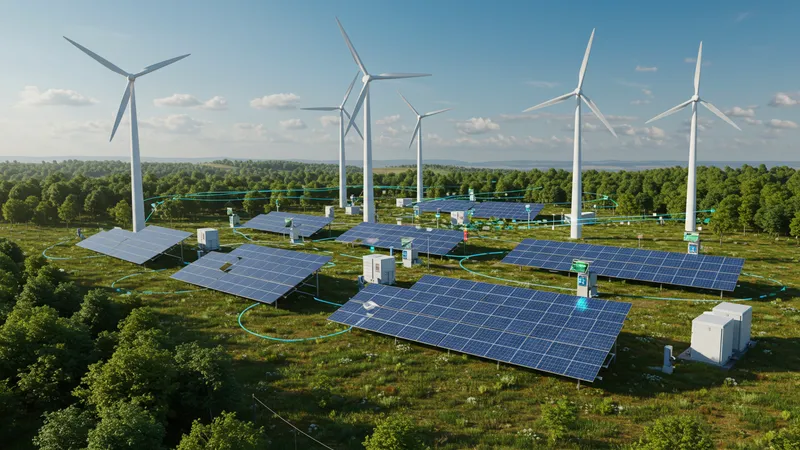
Countries leading the renewable revolution often invest heavily in these kinds of solutions. For example, the integration of the Tesla Powerwall has allowed residential users to store solar energy and use it during peak hours, reducing strain on traditional power grids. This energy independence is not just about convenience—it’s also about advancing the security and resilience of energy systems.
Utility-scale wind turbines, such as the Vestas V150-4.2 MW, have become symbols of national renewable ambitions. Built to capture the full potential of modern windfarms, they generate clean electricity on a scale previously unattainable by older models. Projects leveraging these turbines demonstrate how advancements in engineering can lead to greater performance per investment, lowering the cost of renewable energy over time.
Solar inverters, like the SMA Sunny Boy, act as critical gateways between solar panels and usable household energy. They efficiently convert harvested sunlight into electrical current suitable for homes and businesses, often integrating digital platforms for monitoring and optimization. Their intelligence and reliability underscore how the smallest components can massively impact the performance of green energy infrastructure.
Choosing between these technologies hinges on matching local needs—a windy region finds value in turbines, while sun-rich locations lean toward solar and storage. The exciting part: integration between these technologies is making renewable energy more versatile and effective than ever before. The deeper details reveal even more valuable insights ahead, such as how these technologies interact and the ways policy, innovation, and community efforts drive sustainability forward.
When weighing the effectiveness of Tesla Powerwall, Vestas wind turbines, and SMA Sunny Boy inverters, the specific demands of a region take center stage. Battery storage is crucial in areas without a stable grid, allowing homes to capture and use solar energy regardless of weather or time-of-use pricing. In contrast, wind turbines are ideal for communities situated in consistently windy corridors, turning natural breezes into vast amounts of electricity day and night.
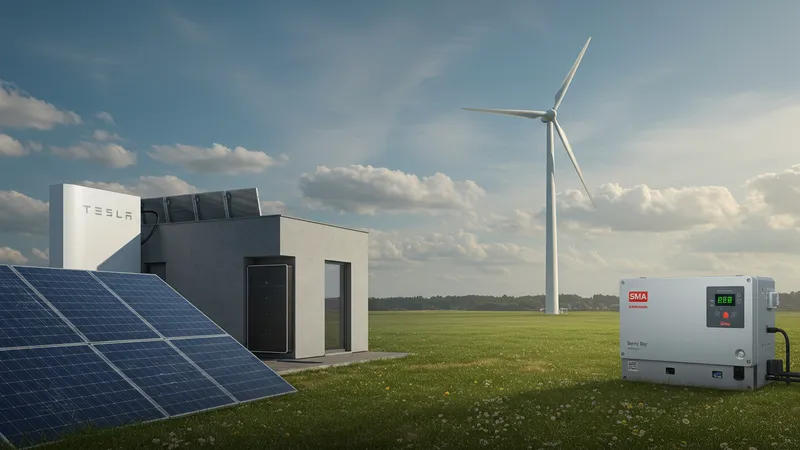
Solar inverters play their own pivotal role. In areas abundant in sunlight, they ensure that every ray captured by solar panels is efficiently transformed into usable energy. Their digital controls allow users to diagnose performance issues instantly or tweak settings to maximize output. The importance of these devices only grows as residential solar systems become more widespread and interconnected.
Integrating these green technologies also raises important questions about cost, access, and maintenance. While premium solutions like the Tesla Powerwall require an upfront investment, long-term savings from energy independence and reduced utility bills make them competitive. Wind turbine projects, though capital-intensive, often benefit from national incentives and economies of scale, reducing the cost of renewable energy production on a per-kilowatt-hour basis.
Innovative combinations of storage, wind, and solar are enabling municipalities to design power systems that balance supply and demand dynamically. As energy players increasingly combine these technologies, entire networks are becoming more adaptive, stable, and eco-friendly—accelerating the move to a future where sustainable power is the norm, not the exception.
Embracing renewable energy and associated technologies sparks both economic and environmental advantages. Deploying systems like the Vestas onshore turbines drives down greenhouse gas emissions by replacing traditional coal or natural gas plants. Reports consistently show significant drops in air pollutants wherever wind and solar infrastructure are adopted at a meaningful scale.
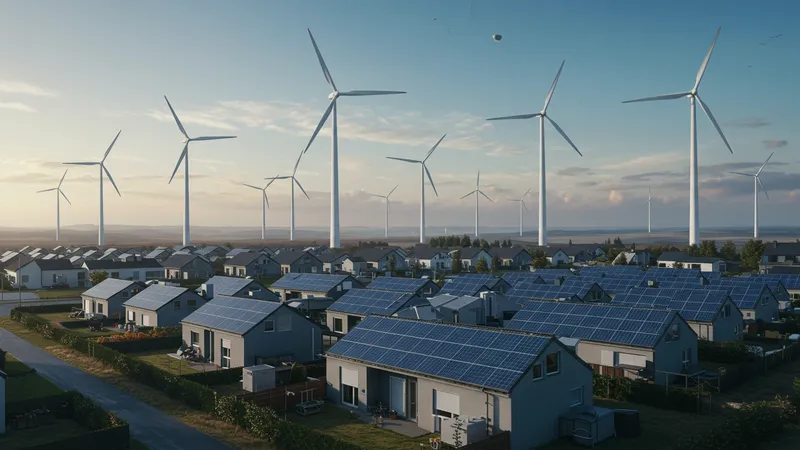
From an economic perspective, installing products such as the SMA Sunny Boy inverter with a residential solar array creates value by reducing households’ reliance on centralized grids. This often translates to long-term energy cost reductions, with surplus energy even flowing back into the grid in many countries, generating additional savings and stabilizing broader energy markets.
Battery solutions like Tesla Powerwall fortify resilience in the face of outages and peak demand, helping utilities better manage periods of high consumption. By storing clean energy when it’s most abundant, these devices also lessen the need for backup fossil fuel generation, which can be expensive and environmentally taxing.
As governments and businesses weigh their environmental impact, incentives for green technology adoption are intensifying. This drives further investment in renewables, building a positive feedback loop: the more these tools are deployed and refined, the more competitive and accessible they become. The journey toward a truly sustainable future hinges on the strategic adoption of these powerful green technologies.
Scaling renewable solutions to larger communities or even national grids brings challenges and opportunities in equal measure. Wind farms powered by turbines like the Vestas V150-4.2 MW must be carefully sited and integrated with transmission infrastructure that can handle variable supply. Successful large-scale projects rely on sophisticated modeling, robust local engagement, and strong partnerships with grid operators to deliver reliable performance.
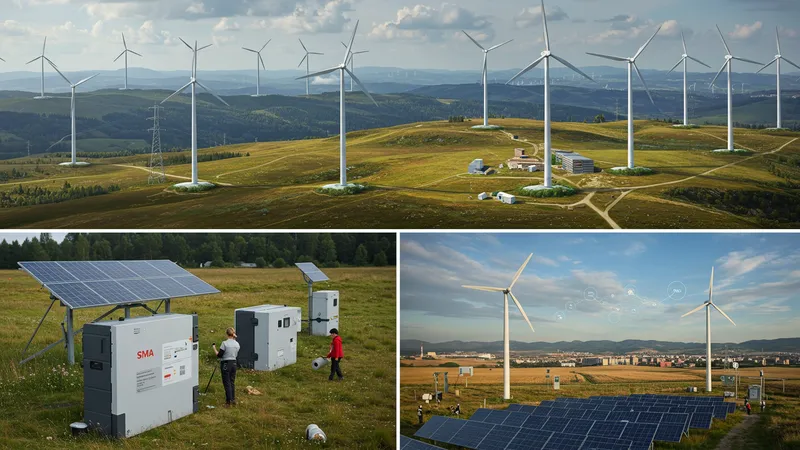
Solar power systems anchored by smart inverters, such as the SMA Sunny Boy, offer flexibility in both urban and rural settings. Microgrids—small, self-sustaining networks—are increasingly built around these components, providing reliable, off-grid power to remote areas or acting as backup for city neighborhoods. With the right balance of generation and storage, communities can protect themselves against disruptions and participate in broader sustainability initiatives.
Energy storage solutions like Tesla Powerwall are catching on in a variety of settings, including schools, emergency facilities, and commercial buildings. Their appeal is especially clear where grid reliability is a concern. They enable businesses to store surplus renewable energy during low-demand periods, then draw from those reserves during peak times, ensuring uninterruptible operations and savings.
Adapting these technologies often means rethinking old models of energy production and consumption. Emerging policies support distributed generation and incentivize the pairing of solar, storage, and wind. As prices continue to fall and technology advances, the adoption curve is accelerating—demonstrating that scalable, adaptable solutions are within reach for communities and enterprises alike.
The progress of renewable energy and green technologies suggests a promising future, marked by integration, intelligence, and inclusivity. Innovations are spurring connections between separate systems—smart grids that automatically balance renewable supply, digital marketplaces for sharing excess solar power, and machine-learning software that predicts weather for optimal wind farm operation.
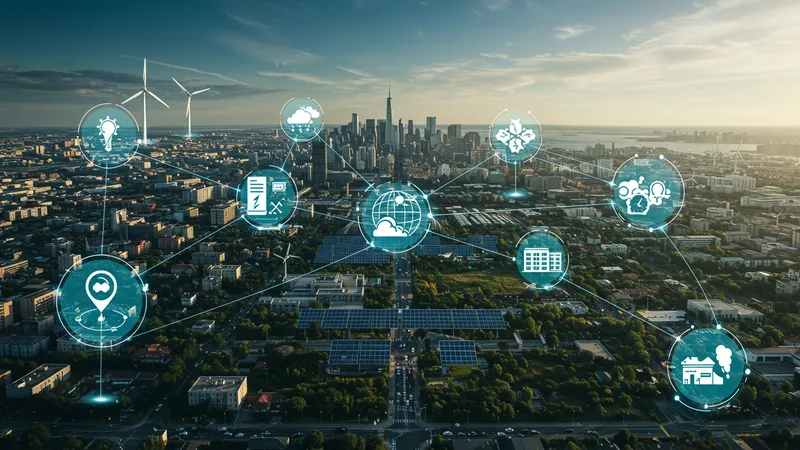
Ongoing research into energy storage and advanced materials will further lower the cost and elevate the efficiency of each solution. Battery breakthroughs could soon make systems like Tesla Powerwall more affordable and effective, while next-generation solar inverters process energy with extraordinary precision, supporting sophisticated applications and new models of consumer participation.
The influence of policy cannot be understated. National and local governments increasingly embed sustainability targets into law, sparking infrastructure investments and partnerships that remake entire economies. As renewable installations become more common, community energy projects and peer-to-peer models could redefine relationships between producers and users, spreading benefits to a wider population.
In the end, the journey toward a sustainable future depends on a collaborative embrace of advanced, eco-focused technologies. The ongoing convergence of wind, solar, storage, and smart management opens up pathways for cleaner air and a healthier planet—making the promise of renewable energy and green innovation more relevant, urgent, and achievable than ever before.